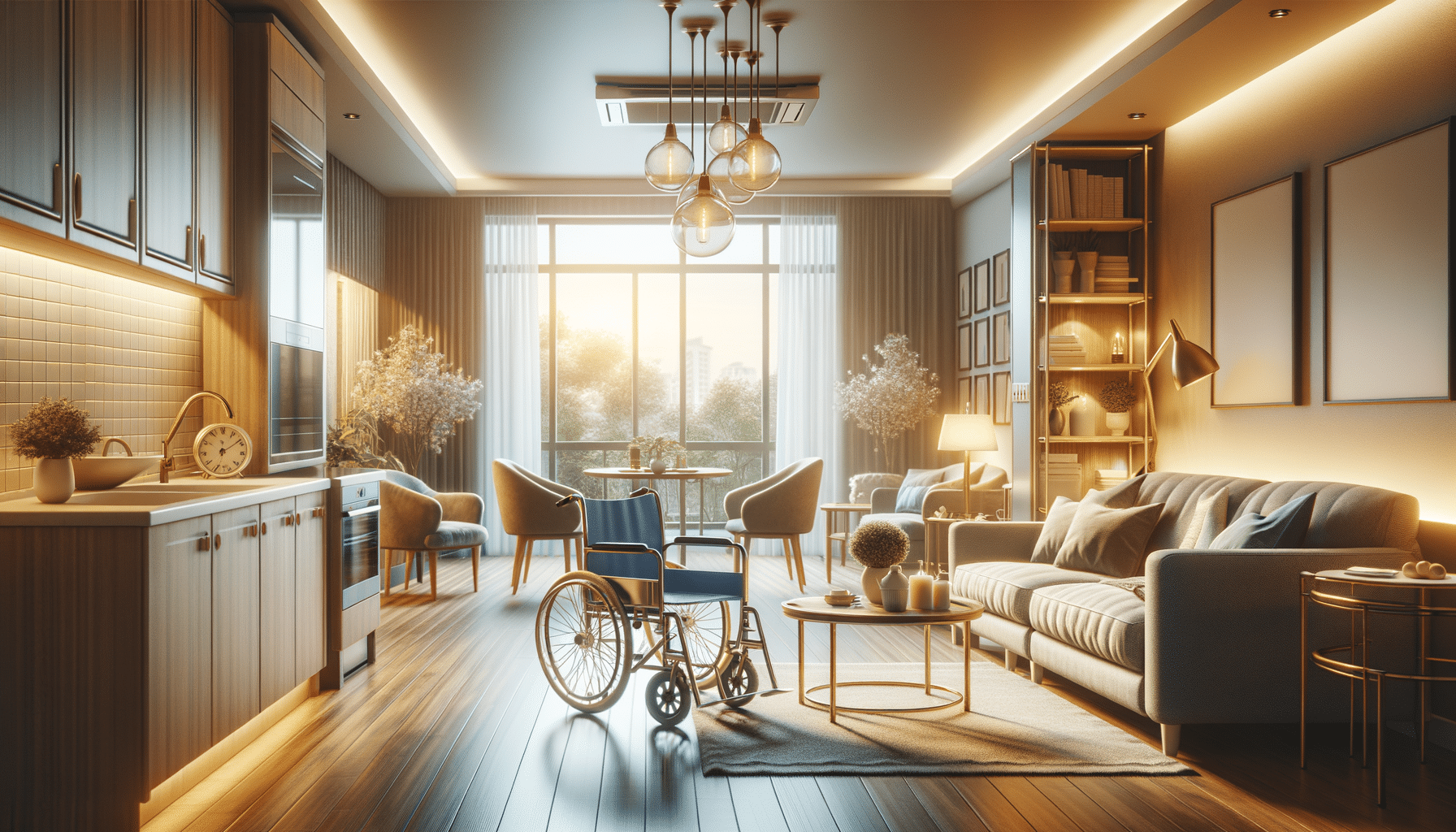
Comfortable and Safe Senior Living Apartments
Understanding Senior Living Apartments
Senior living apartments are designed to provide a comfortable and safe environment for older adults who seek an independent lifestyle with minimal assistance. These apartments are more than just a place to live; they offer a community where seniors can engage with peers and participate in various activities. The importance of such living arrangements becomes apparent as one considers the challenges that come with aging, such as reduced mobility and the need for a supportive community.
These apartments typically feature amenities that cater specifically to the needs of seniors, such as grab bars in bathrooms, emergency call systems, and step-free access. Many senior living communities also offer social and recreational activities, fostering a sense of belonging and well-being among residents. Understanding the concept of senior living apartments is crucial for those planning for their future or assisting a loved one in finding the right living arrangement.
In addition to the physical aspects, senior living apartments often provide services like housekeeping, meal preparation, and transportation, which can significantly enhance the quality of life for residents. By offering a blend of independence and support, these apartments help seniors maintain their dignity and autonomy while ensuring their safety and comfort.
Key Features of Senior Living Apartments
When considering a senior living apartment, it’s essential to understand the key features that make these spaces suitable for older adults. Accessibility is a primary concern, and these apartments are often equipped with features that accommodate mobility challenges. For instance, wide doorways and hallways allow for easy navigation, even for those using mobility aids like walkers or wheelchairs.
Safety is another critical aspect. Senior apartments typically include safety features such as non-slip flooring, emergency response systems, and smoke detectors. These features not only prevent accidents but also provide peace of mind to both residents and their families. Additionally, many communities have 24-hour security and staff available to assist in emergencies.
Beyond physical attributes, the social environment is a vital component of senior living apartments. Many communities offer organized social events, fitness classes, and group outings, encouraging residents to stay active and engaged. This social interaction can be a significant factor in improving mental health and reducing feelings of isolation that some seniors may experience.
Benefits of Choosing Senior Living Apartments
Choosing a senior living apartment comes with numerous benefits that cater specifically to the needs of older adults. One of the most significant advantages is the sense of community. Living among peers who share similar life experiences can lead to lasting friendships and a strong support network.
Another benefit is the availability of various services that simplify daily life. From housekeeping to meal services, these conveniences allow residents to focus on enjoying their retirement years without the burden of daily chores. Moreover, many communities provide transportation services, making it easier for residents to attend appointments or run errands without relying on family members.
Health and wellness are also prioritized in senior living communities. Access to fitness centers, swimming pools, and wellness programs encourages residents to maintain an active lifestyle. Additionally, some communities offer on-site healthcare services, ensuring that medical needs are promptly addressed.
Comparing Senior Living Apartments to Other Housing Options
When planning for retirement, it’s essential to compare senior living apartments with other housing options to make an informed decision. Unlike traditional homes, senior apartments are specifically designed to meet the needs of older adults, offering features and services that promote safety and convenience.
Assisted living facilities, another popular option, provide more comprehensive care for those who require daily assistance with activities such as bathing and medication management. While these facilities offer a higher level of care, they may not be necessary for seniors who are still relatively independent.
In contrast, aging in place allows seniors to remain in their current homes, but this option may require significant modifications to ensure safety and accessibility. Additionally, the lack of a built-in community can lead to feelings of isolation, particularly if family and friends are not nearby.
Ultimately, the choice between these options depends on the individual’s health, mobility, and personal preferences. Senior living apartments offer a balanced approach by providing independence while ensuring access to necessary support and community engagement.
Finding the Right Senior Living Apartment
Finding the right senior living apartment involves careful consideration of various factors to ensure it meets the specific needs and preferences of the individual. Location is a crucial aspect, as it affects accessibility to family, friends, and healthcare facilities. Proximity to public transportation and local amenities can also enhance the quality of life for residents.
Budget is another important consideration. It’s essential to evaluate the costs associated with different communities, including rent, utilities, and additional services. Some communities may offer all-inclusive pricing, while others might charge separately for services like meals and housekeeping.
Visiting potential communities and speaking with current residents can provide valuable insights into the living experience. It’s also helpful to review the community’s policies regarding pets, visitors, and medical emergencies. By taking the time to research and visit different options, seniors and their families can make an informed decision that ensures a comfortable and fulfilling living arrangement.